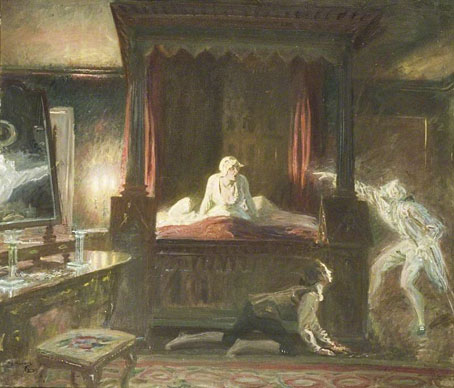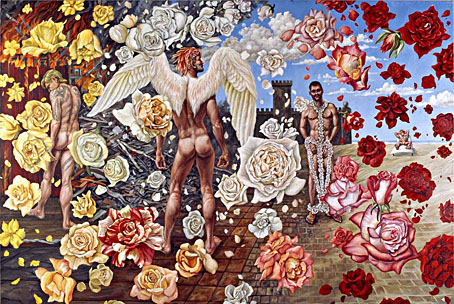
Black Cat (1910) by Shunso Hishida.
• “A duck goes quack quack in English but coin coin in French. In Spanish a dog goes guau-guau, not woof woof, while in Arabic it goes haw haw, and in Mandarin wang-wang. In Japanese cats go nyaa, and bees—having no access to the zz sound—go boon-boon.” Caspar Henderson asks “Could onomatopoeia be the origin of language?”
• Coming soon from MIT Press: Blotter: The Untold Story of an Acid Medium by Erik Davis; “the first comprehensive written account of the history, art, and design of LSD blotter paper, the iconic drug delivery device that will perhaps forever be linked to underground psychedelic culture and contemporary street art.”
• At Aquarium Drunkard: The late Damo Suzuki is remembered with a recording of Can playing at the Volkshalle Wagtzenborn-Steinberg, Giessen, October 22, 1971.
• At Unquiet Things: Another collection of Intermittent Eyeball Fodder. I was sorry to hear from that post that artist Dan Hillier had died recently. RIP.
• At Bandcamp Daily: Mouse On Mars discuss 30 years of dynamic electronic music.
• Old music: Rare Soundtracks & Lost Tapes (1973–1984) by Alain Goraguer.
• At Spoon & Tamago: The imaginary architectures of Minoru Nomata.
• Mix of the week: DreamScenes – February 2024 at Ambientblog.
• At Vinyl Factory: Julia Holter on some of her favourite records.
• At Public Domain Review: Wanda Gág’s Millions of Cats (1928).
• Steven Heller’s Font of the Month is Cuatro.
• A brief history of London’s gas lamps.
• New music: Pithovirii by Aidan Baker.
• Black Cat Bone (2000) by Laika | Black Cat (2005) by Broadcast | Black Cat (2008) by Ladytron


